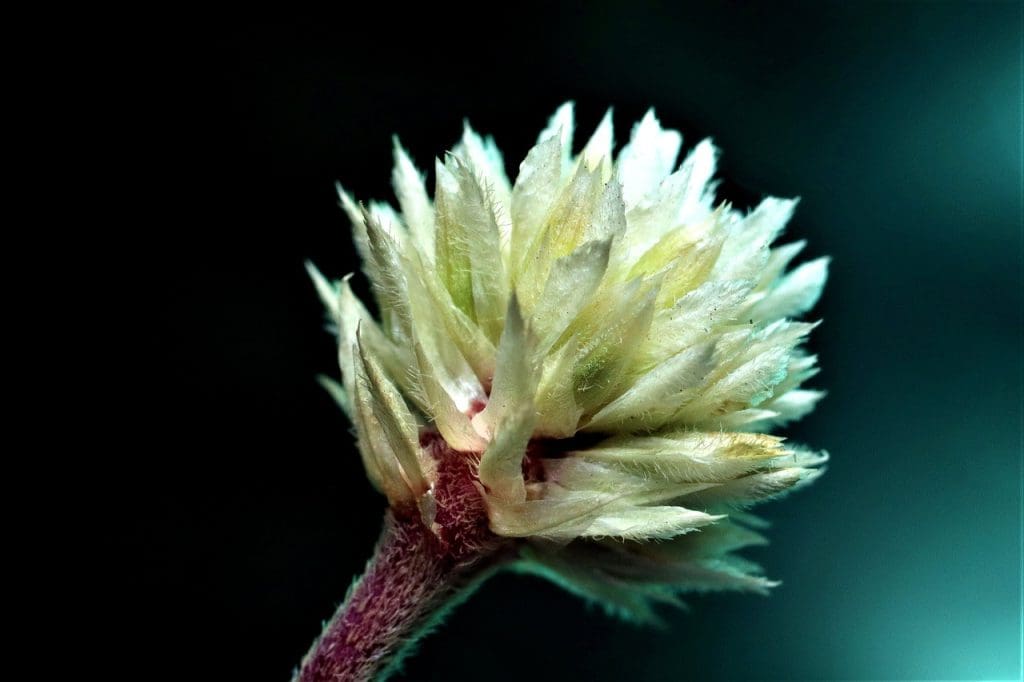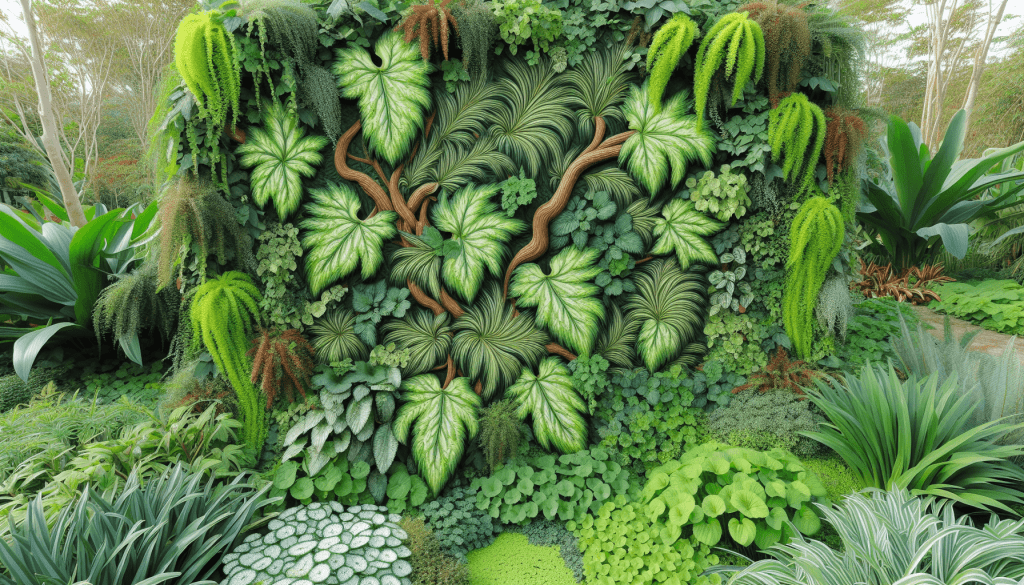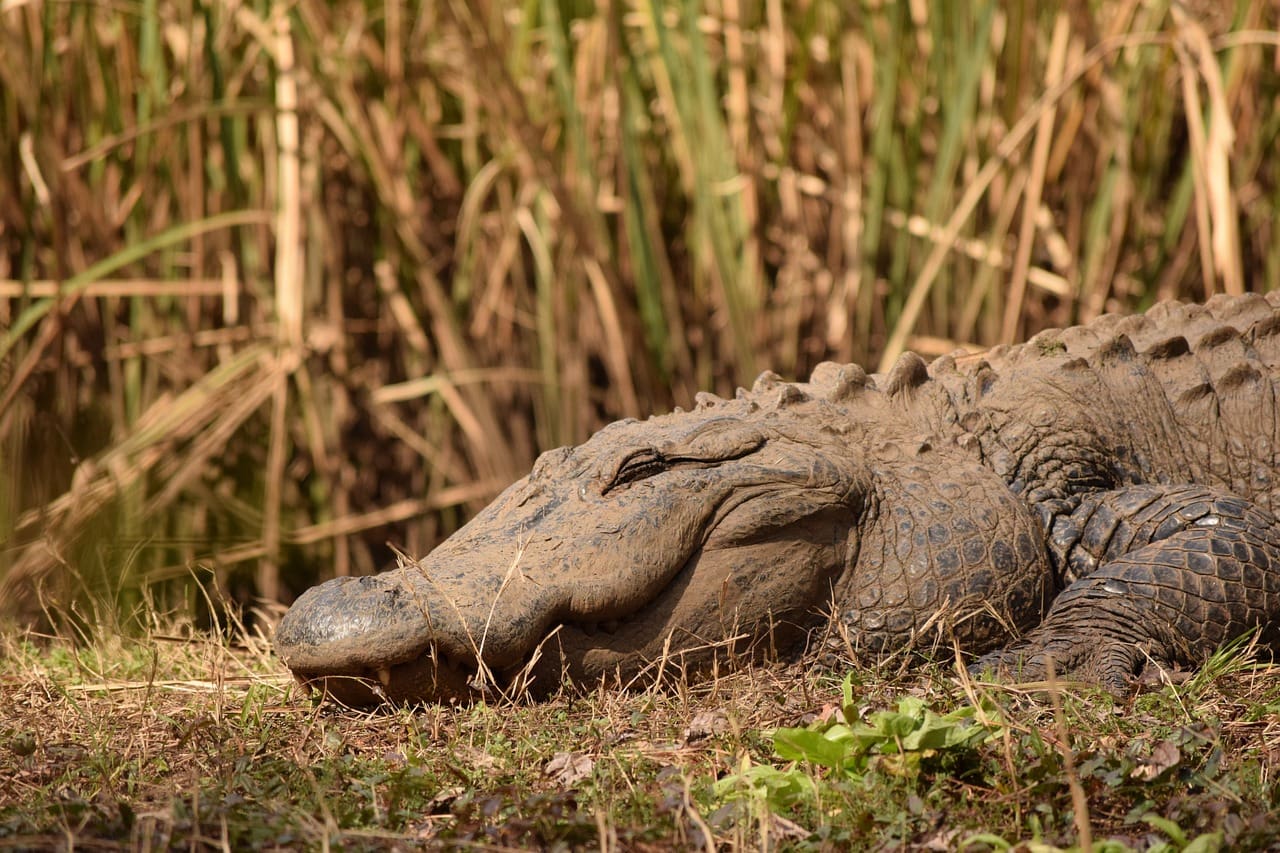Discovering invasive species in your garden can be quite a challenge, but having the right knowledge can make it much easier. In “Top 10 Ways to Identify Alligator Weed in Your Garden,” you’ll find practical tips to help you effectively recognize this persistent plant. From its distinctive leaves to its unique growing patterns, this guide will arm you with the information you need to spot alligator weed before it takes over your precious green space. Together, let’s ensure your garden remains a flourishing haven.
Top 10 Ways to Identify Alligator Weed in Your Garden
Have you recently noticed a new plant taking over your garden but can’t quite figure out what it is? If so, there’s a chance you might be dealing with alligator weed. This invasive plant can be a real menace if not properly identified and managed. Don’t worry; by the end of this article, you’ll know exactly how to spot alligator weed and take control of your garden.
What is Alligator Weed?
Alligator weed (Alternanthera philoxeroides) is a perennial herb that originated in South America. Over time, it has spread to various parts of the world, including the United States. It thrives in wet environments like lakes, ponds, and marshes but can also find its way into garden beds and lawns. Because it grows so aggressively, it can choke out native plants and disturb the balance of your garden’s ecosystem.
1. Leaf Shape and Texture
One of the first things you’ll notice about alligator weed is its distinctive leaves. The leaves are opposite each other on the stem, meaning they grow in pairs on either side. Each leaf is elliptic or lanceolate (spear-shaped), around 2-5 inches long and 0.5-2 inches wide.
Characteristics:
| Feature | Description |
|---|---|
| Leaf Shape | Elliptic to lanceolate |
| Leaf Arrangement | Opposite pairs |
| Leaf Length | 2-5 inches |
| Leaf Width | 0.5-2 inches |
| Texture | Smooth, sometimes slightly wavy |
These leaves are smooth to the touch and have veins running parallel to each other. If your garden plant matches these descriptions, you might be dealing with alligator weed.

2. Stem Structure
The next feature to look at is the stem. Alligator weed has a very distinctive stem structure that helps it stand out. The stems are hollow, which makes them buoyant in water, and they can stretch out to be several feet long.
Characteristics:
| Feature | Description |
|---|---|
| Stem Structure | Hollow |
| Stem Length | Several feet |
| Buoyancy | Yes, especially in watery areas |
Looking at these features will help you confirm whether you’re dealing with alligator weed.
3. Flowers and Flowering Season
Alligator weed has small, white, papery flowers that grow in clusters. These flowers are typically seen during the late spring and early summer. Each flower cluster is about the size of a marble and is very distinctive.
Characteristics:
| Feature | Description |
|---|---|
| Flower Color | White |
| Flower Size | Marble-sized clusters |
| Flowering Season | Late spring to early summer |
If your plant has these kinds of flowers, it could be alligator weed.

4. Root System
One of the reasons alligator weed is so invasive is because of its extensive root system. The roots can grow both underwater and in soil, making it a versatile plant. The root system is fibrous and spreads out extensively, providing multiple points for new growth.
Characteristics:
| Feature | Description |
|---|---|
| Root Type | Fibrous |
| Root Spread | Extensive |
| Root Growth | Both underwater and in soil |
An extensive root system is a hallmark of alligator weed.
5. Growth Rate
Alligator weed grows very quickly. This aggressive growth rate can smother other plants and disrupt your garden’s biodiversity. If you notice a plant rapidly taking over in a short period, it’s time to investigate.
Characteristics:
| Feature | Description |
|---|---|
| Growth Rate | Rapid |
| Invasiveness | High |
Rapid growth is a red flag that should alert you immediately to the presence of alligator weed.

6. Resistance to Herbicides
One of the more frustrating aspects of dealing with alligator weed is its resistance to many common herbicides. If you’ve noticed that the plant in question is not responding to herbicides that usually work on other weeds, you might be dealing with alligator weed.
Characteristics:
| Feature | Description | | Herbicide Resistance | High |
This resistance can make managing alligator weed particularly challenging.
7. Habitat Preference
Alligator weed prefers wet environments but can also thrive on dry land. It’s commonly found near water bodies but can quickly spread to garden beds and lawns. If you find the plant in both wet and dry areas of your garden, it’s worth taking a closer look.
Characteristics:
| Feature | Description | | Preferred Habitat | Wet environments and dry lands | | Common Locations | Near water bodies, garden beds, lawns|
Ecological versatility is another indicator of alligator weed.

8. Response to Cutting or Mowing
Unlike many plants that may be deterred by mowing or cutting, alligator weed seems to thrive when cut. New shoots often sprout quickly from cut stems, making mechanical control methods less effective.
Characteristics:
| Feature | Description | | Response to Cutting | Sprouts new shoots quickly | | Mechanical Control | Resistant |
If cutting or mowing seems to promote growth rather than curtail it, you may have alligator weed.
9. Impact on Native Species
Alligator weed is highly competitive and can easily outcompete native plants. It creates dense mats that prevent light from reaching other plants, effectively choking them out. If you notice that native species are suffering or disappearing, this could be a sign of an alligator weed infestation.
Characteristics:
| Feature | Description | | Competitive Ability | High | | Impact on Native Species| Negative |
Seeing native plants struggle is a major red flag that shouldn’t be ignored.
10. Manuals and Visual Guides
Finally, the best way to confirm your suspicions is by consulting manuals and visual guides specific to your region. Many agricultural extensions and local environmental organizations offer identification guides that can provide additional clues.
Characteristics:
| Feature | Description | | Resource Type | Manuals, visual guides | | Availability | Often available through extensions and organizations|
Taking the time to consult these resources can offer additional confirmation and guidance.
Conclusion
Identifying alligator weed in your garden is crucial for maintaining the health and biodiversity of your yard. By paying close attention to characteristics like leaf shape, stem structure, flowers, and habitat, you can accurately identify this invasive plant. With identification comes the ability to take proactive steps to manage and eradicate alligator weed, ensuring your garden remains a beautiful and vibrant space.
Remember, identifying the problem is the first step toward finding a solution. Now that you know how to spot alligator weed, you’re better equipped to handle it effectively. Happy gardening!
